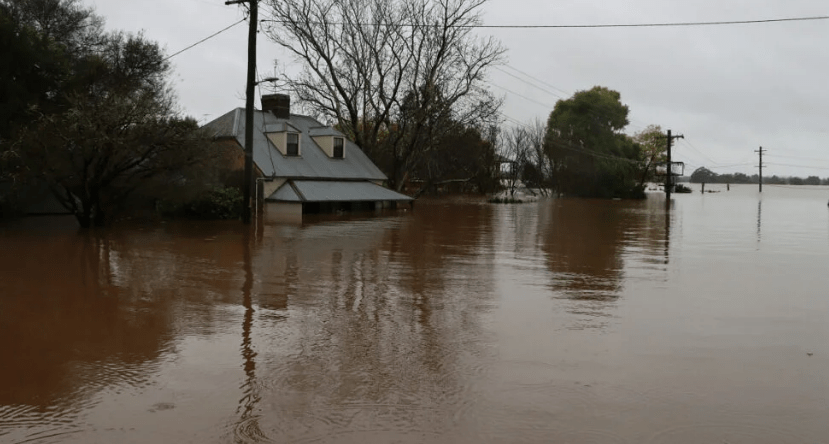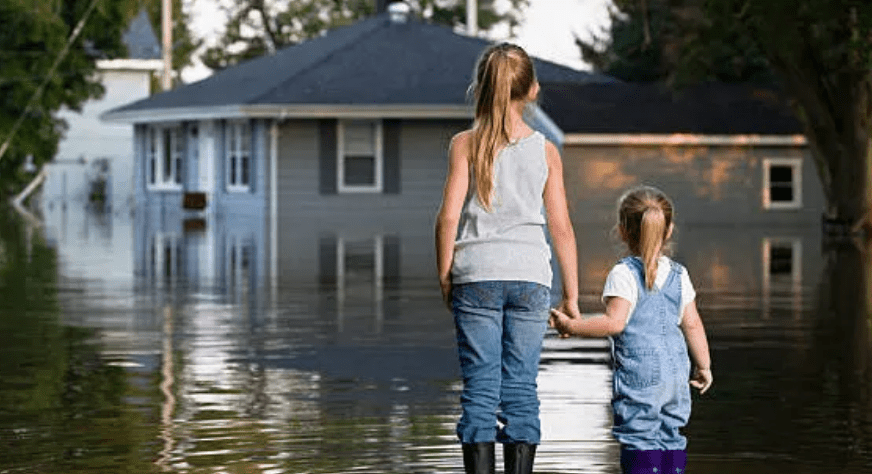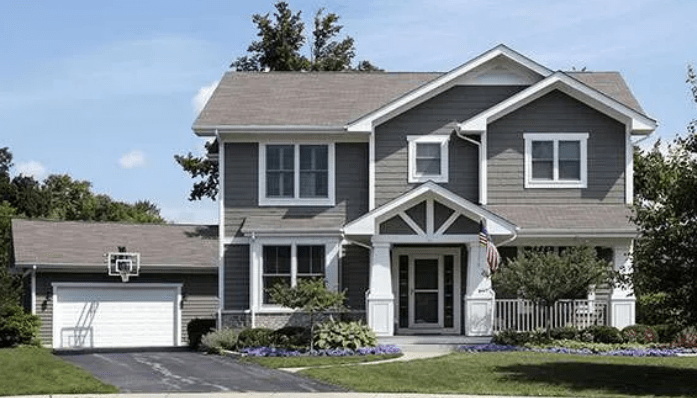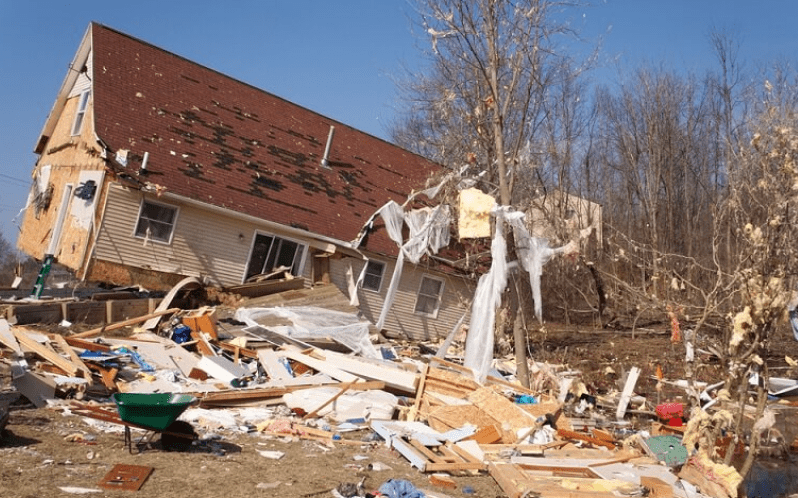Home insurance is an essential aspect of safeguarding one’s most significant investment—one’s home. While we hope never to need it, the reality is that insurance claims are more common than many might think. From natural disasters to everyday mishaps, a wide array of incidents can lead to filing a home insurance claim. Understanding the most common home insurance claims can help homeowners better prepare, take preventive measures, and ensure they have adequate coverage. This article will explore the most frequent types of home insurance claims, why they happen, and what homeowners can do to minimize their risks.
1. Water Damage and Freezing
Water damage tops the list as one of the most common home insurance claims, accounting for a significant portion of claims filed each year. This category includes a range of incidents:
- Burst Pipes: One of the leading causes of water damage, burst pipes can occur due to freezing temperatures, high water pressure, or aging pipes. In colder climates, water inside pipes can freeze and expand, causing the pipe to crack or burst. When temperatures rise, the thawed water can then gush out, causing significant damage.
- Leaking Appliances: Appliances such as washing machines, dishwashers, and water heaters can develop leaks over time. A small, unnoticed leak can lead to extensive water damage if not addressed promptly. Regular maintenance and inspections can help prevent such leaks.
- Roof Leaks: Damage to a home’s roof, whether from age, storms, or fallen branches, can lead to leaks. Water seeping through the roof can damage ceilings, walls, insulation, and electrical systems.
- Basement Flooding: Heavy rainfall, poor drainage, or faulty sump pumps can cause basements to flood. Water entering a basement can cause structural damage, mold growth, and damage to personal property.
- Freezing and Ice Dams: In cold climates, ice dams can form on roofs, leading to water backing up under shingles and causing leaks. Additionally, freezing temperatures can cause pipes to burst, leading to water damage.

Preventive Measures:
- Insulate pipes, especially those in unheated areas like basements and attics.
- Keep gutters clean to prevent ice dams.
- Inspect and maintain the roof regularly.
- Install a sump pump with a battery backup in the basement.
- Replace old appliances and water heaters before they fail.
2. Wind and Hail Damage
Wind and hail damage are also among the most common home insurance claims, especially in regions prone to severe weather. High winds can cause a variety of problems:
- Roof Damage: Strong winds can lift shingles, allowing water to penetrate the roof and cause leaks. Hail can cause similar damage by denting or puncturing shingles and other roofing materials.
- Fallen Trees and Branches: Windstorms can knock down trees or branches, causing damage to roofs, windows, fences, and even vehicles parked near the house.
- Exterior Damage: Siding, windows, and doors can also be damaged by wind and hail. In severe cases, wind can blow off siding, break windows, or even cause structural damage to a home.
Preventive Measures:
- Regularly trim trees and remove dead branches.
- Use wind-resistant roofing materials.
- Secure outdoor items that could become projectiles during a storm.
- Install storm shutters or impact-resistant windows in hurricane-prone areas.
3. Fire and Lightning Damage
Fire damage, while less frequent than water or wind damage, is often more devastating and costly. Fires can result from various causes:
- Electrical Fires: Faulty wiring, overloaded circuits, or malfunctioning appliances can lead to electrical fires. Electrical fires can start behind walls, making them difficult to detect until it’s too late.
- Cooking Accidents: Kitchen fires are a leading cause of home fires. Unattended cooking, grease fires, and malfunctioning stoves can quickly lead to a house fire.
- Wildfires: In areas prone to wildfires, homes are at risk of being engulfed by fast-moving fires. Hot, dry conditions combined with strong winds can make wildfires particularly dangerous.
- Lightning Strikes: Lightning can strike a home directly, causing a fire, or indirectly, causing power surges that damage electrical systems and appliances.
Preventive Measures:
- Install smoke detectors and fire extinguishers.
- Regularly inspect and maintain electrical systems.
- Never leave cooking unattended.
- Use surge protectors to protect electrical appliances from lightning.
- Clear brush and vegetation from around the home in wildfire-prone areas.

4. Theft and Vandalism
Theft and vandalism are also common reasons for home insurance claims. While the emotional impact of a break-in can be profound, the financial losses can also be significant:
- Burglaries: Thieves often target homes that appear unoccupied or lack visible security measures. They may steal valuable items like electronics, jewelry, and cash.
- Vandalism: Acts of vandalism, such as broken windows, graffiti, or intentional damage to property, can lead to costly repairs.
Preventive Measures:
- Install a home security system with cameras and alarms.
- Use deadbolt locks and secure windows and doors.
- Keep the exterior of the home well-lit.
- Avoid leaving valuable items in plain sight.
5. Liability Claims
Liability claims arise when someone is injured on your property or if you accidentally damage someone else’s property. Common liability claims include:
- Slips and Falls: Visitors slipping and falling on icy walkways, wet floors, or uneven surfaces can result in injury and lead to liability claims.
- Dog Bites: If a homeowner’s dog bites someone, the homeowner could be held liable for medical expenses and damages.
- Property Damage: If a tree on your property falls and damages a neighbor’s property, you could be held liable for the damages.
Preventive Measures:
- Keep walkways and driveways clear of ice, snow, and debris.
- Repair any potential hazards, such as loose steps or uneven pavement.
- Train and socialize pets, and keep them secured if they pose a risk to visitors.
- Regularly inspect trees and remove any that are dead or pose a risk to neighboring properties.
6. Mold Damage
Mold damage is often a result of water damage or high humidity levels in the home. Mold can grow in as little as 24-48 hours after water exposure and can cause health issues, as well as damage to walls, ceilings, and personal belongings.
Preventive Measures:
- Address water leaks immediately.
- Use dehumidifiers in areas with high humidity.
- Ensure proper ventilation in bathrooms, kitchens, and basements.
- Regularly inspect areas prone to moisture, such as under sinks and around windows.
7. Storm Damage
In addition to wind and hail, other types of storms can cause damage that leads to insurance claims:
- Hurricanes: In coastal areas, hurricanes can cause extensive damage from high winds, storm surges, and heavy rainfall.
- Tornadoes: Tornadoes can cause severe structural damage, including complete destruction of homes.
- Winter Storms: Heavy snowfall, ice, and freezing temperatures can cause roof collapses, ice dams, and frozen pipes.
Preventive Measures:
- Install hurricane straps or clips to secure the roof to the structure.
- Reinforce doors and windows with storm shutters.
- Clear snow from roofs to prevent collapse.
- Use ice melt on walkways to prevent slips and falls.
Conclusion
Understanding the most common home insurance claims can help homeowners take proactive steps to protect their property and reduce their risks. While it’s impossible to prevent every incident, regular maintenance, smart home upgrades, and awareness of potential hazards can go a long way in minimizing the likelihood of needing to file a claim. Ensuring adequate home insurance coverage is also crucial, as it provides financial protection and peace of mind in the event that something does go wrong. By being informed and prepared, homeowners can better safeguard their homes and their finances.



